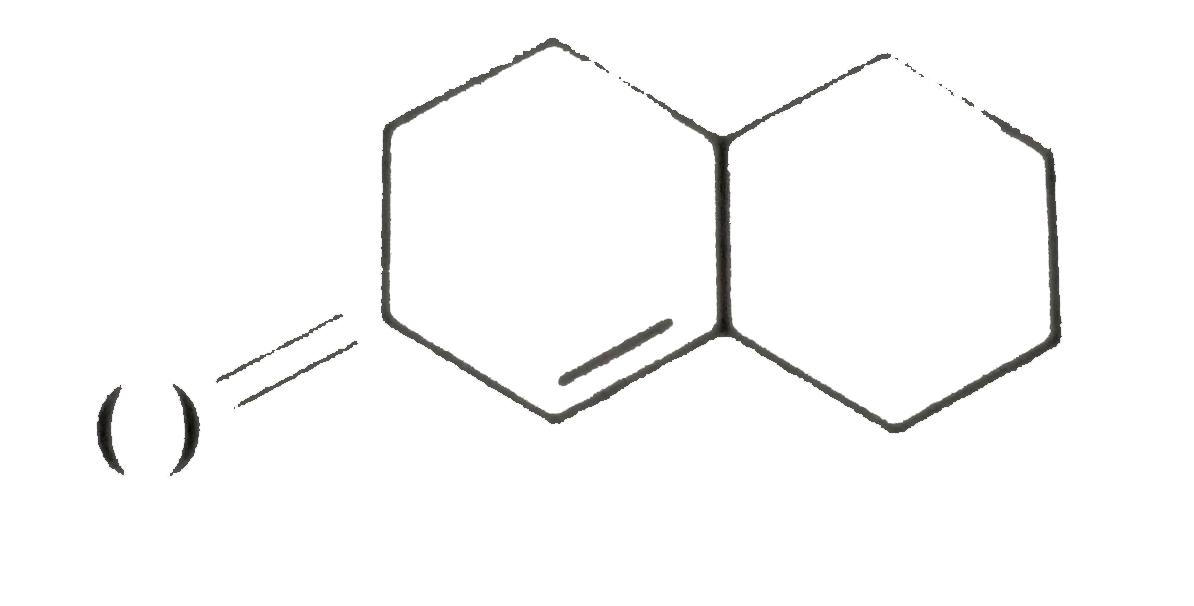How can you convert PhCH=CHCOCH3 to
(i). PhCH=CHCO2H
(ii). PhCH=CHCH2CH3
(iii). PhCH2CH2CH2CH3
(iv). PhCH=CHCH(OH)CH3
(v) PhCH2CH2COCH3
(i). I2+NaOH
(ii). N2H4+OHө,Δ
(iii). Zn(Hg)/HCl
(iv). 9BBN
(v). N2H4,H2O2/Δ
Topper's Solved these Questions
Similar Questions
Arrange the following compounds in increasing order of SN1 reactivity.
(a). (I). ClCH2CH=CHCH2CH3, (II). CH3C(Cl)=CHCH2CH3, (III). CH3CH=CHCH2CH2Cl
(b). (I). CH3CH2Br, (II). CH2=CHCH(Br)CH3, (III). CH2=CHBr,
(IV). CH3CH(Br)CH3
(c). (I). (CH3)3CBr, (II). (CH3)2CHBr, (III). CH3CH2CH2Br,
View SolutionArrange the folliwing compounds in increasing order of SN−2 reactivity.
a. I.m ClCH2CH=CHCH2CH3
II. CH3C(Cl)=CHCH2CH3
III. CH3CH=CHCH2CH2Cl
IV. CH3CH=CHCH2(Cl)CH3
b. I. CH3CH2Br
II. CH2=CHCH(Br)CH3
III. CH2=CHBr
IV. CH3CH(Br)CH3
C. I. (CH3)3Cl, II. C6H5C(CH3)2Cl
III. (CH3)2CHCl, IV. CH3CH2CH2Cl
View Solution
Knowledge Check
Which of the following alkanes can exhibit cis-trans isomerism?
(i) CH2=CHCH2CH3 , (ii) CH2=C(CH3)2
(iii) CH3CH=CHCH3 , (iv) CH3CH2CH=CHClA(1) (i), (ii)B(2) (ii), (iii)C(3) (iii), (iv)D(4) (i), (iv)In the IUPAC system, PhCH2CH2CO2H is named
A3-phenylpropanoic acidBbenzylacetic acidCcarboxyethyl benzeneD2-phenylpropanoic acid
Arrange the folliwing compounds in increasing order of SN−1 reactivity.
a. I.m ClCH2CH=CHCH2CH3
II. CH3C(Cl)=CHCH2CH3
III. CH3CH=CHCH2CH2Cl
IV. CH3CH=CHCH2(Cl)CH3
b. I. CH3CH2Br
II. CH2=CHCH(Br)CH3
III. CH2=CHBr
IV. CH3CH(Br)CH3
C. I. (CH3)3Cl, II. C6H5C(CH3)2Cl
III. (CH3)2CHCl, IV. CH3CH2CH2Cl
View Solution1. i. 2CH3CH2CHOΘOH−−→(A)Δ−−→(B)
ii. 2PhCH2CHOΘOH−−→(C)Δ−−→(d)
iii.
iv.
2. i.
ii. A hydrocarbon (A) of the formula C7H12 on ozonolysis gives a compound (B) which undergoes aldol condensation giving 1−acetyI cyclopentene. Identify (A) and (B).
3. Acetone and butan−2-one undergo both self and across aldol (ketol) condensations to gove aldol (ketol) which loses water to give α,β− unsaturated ketones. The number of isomeric α,β− unsaturated ketones formed is:
i. Three
iii. Four
ii. Five
iv. Six
4. Give the cyclic intramolecular aldol condensation of the following reactions:
a. Hexane−2,5−dione (i)ΘOH−−−−→(ii)Δ
b. Octane−2,8−dione (i)ΘOH−−−−→(ii)Δ
c. Nonane−2,8−dione (i)ΘOH−−−−→(ii)Δ
d. Pentane−2,4−dione (i)ΘOH−−−−→(ii)Δ
5. Identify the reactants that can be and that cannot be synthesised from the compounds given below.
i. PhCH=CHCOCH=CHPh
ii. PhCH=CHCH2COMe
iii. PhCH=CHCH2CH2COMe
iv. PhCOCH=CH2
v. PhCH=CHCH=CHCOMe
vi. 3− Ethyl −2− methyl cyclohex −2−en-one
vii. 2− Methyl cyclohex −1−ene-carboxaldehyde
viii.
ix. 1− Hydroxy−4−methyl bicyclo [2.2.2] octan−3−one
6. Give the mixed aldol product from the reaction of crotonaldehyde (CH3CH=CH−CH=O) with CH3CHO
View SolutionClassify the following as alkyl, allyl and vinyl halides
(i) CH2CH=CFCH2CH3
(ii). (CH3)2CClCH3
(iii). CH2=CHCH2I
(iv). .
.
View SolutionHow many of the total number of compounds that gives positive iodoform test?
CH3CH2OH,PhCHO,CH3COCH3
(CH3)2,CHOOH,HCHO,
CH3(CH2)2COCH3
PhCH2OH,CH3CH2COPh
View SolutionHow many of the following alkyl halides CANNOT be prepared by Finkelstein reaction?
CH3(CH2)2Cl,CH3(CH2)3Br,CH3(CH2)3I
CH3CH(CH3)CH2−Cl,PhCH2Br,PhCH2CH2I
View SolutionHow many sigma and pi bonds are present in the following molecules :
(i)CH3−CH3 (ii)CH3−OH (iii)CH2=CH−C≡N (iv)CH2=C=CH2CH3 (v)CH≡CCH=CHCH3
View Solution
